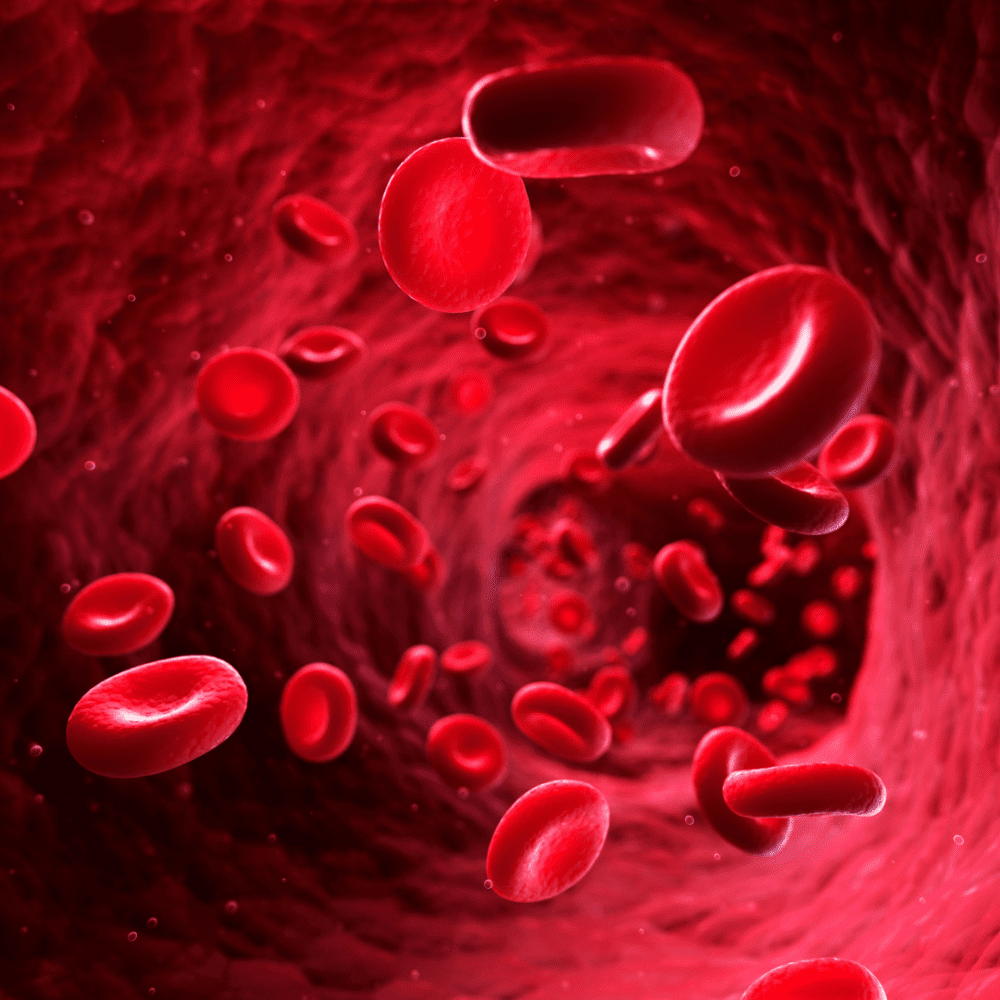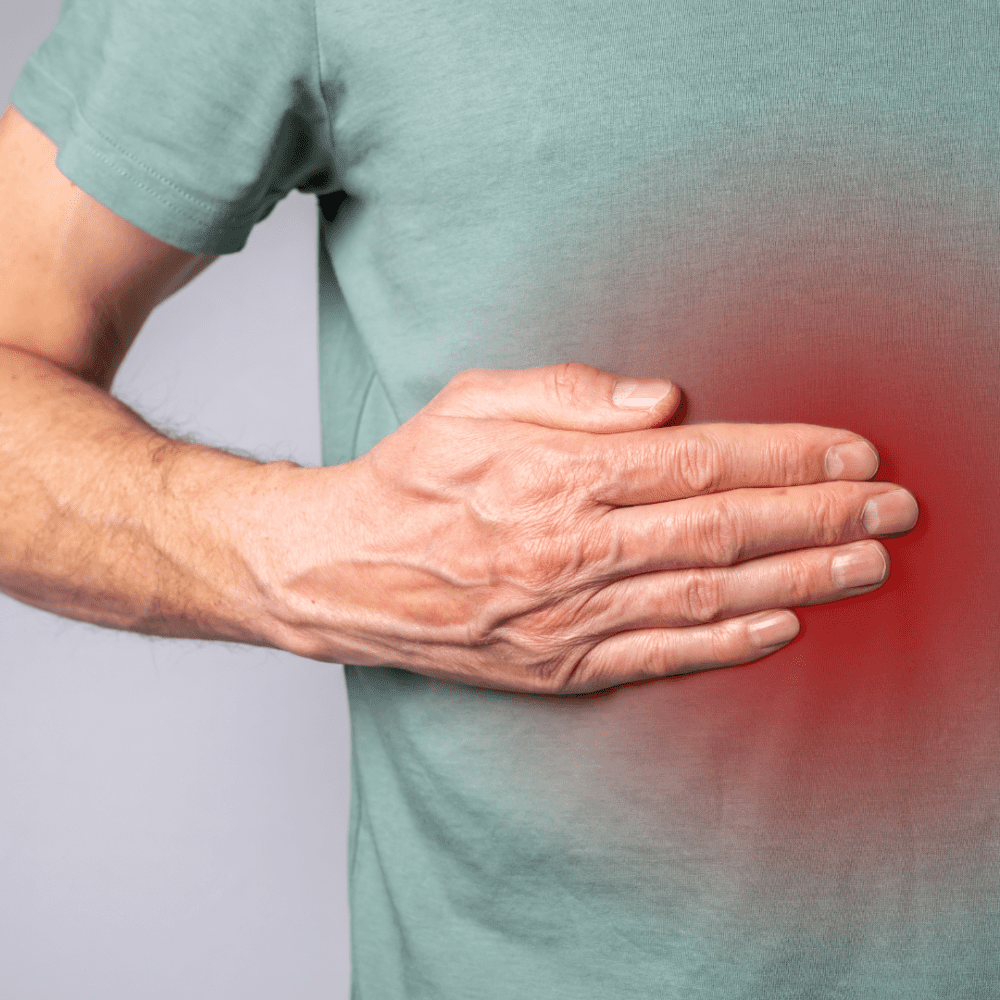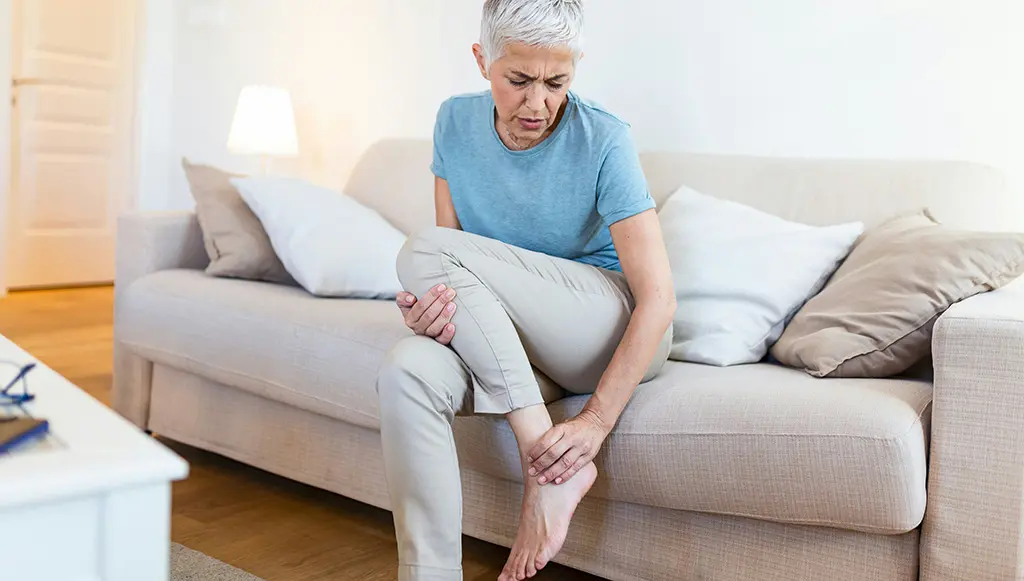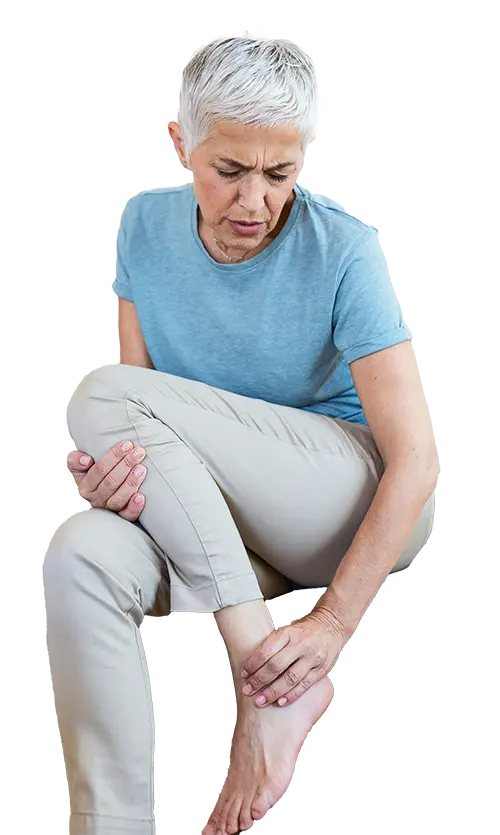
What is Haemochromatosis and Haemochromatotic Arthritis?
Haemochromatosis is a condition that is caused by a build up of iron in the body. Iron is an important mineral that our body absorbs from food. But, people with heamochromatosis absorb too much iron which can cause damage to organs like our liver, heart, and our bones and joints.
What are the Symptoms?
The symptoms of haemochromatosis can vary from person to person. Early haemochromatosis often has no symptoms. As iron slowly builds up in the body over many years, symptoms may begin to be noticed, usually after the age of 40. Symptoms of haemochromatosis can include:
- Fatigue, weakness and lethargy
- Joint pains leading to osteoarthritis
Other symptoms include:
- Abdominal pain
- Diabetes
- Liver disorders; enlarged liver, cirrhosis
- Sexual disorders; loss of sex drive in both male and female, impotence in men, absent or scanty menstrual periods and early menopause in women
- Decrease in body hair
- Discolouration or bronzing of the skin
- Cardiomyopathy; disease of the heart muscle
- Neurological/psychiatric disorders; impaired memory, mood swings, severe irritability, depression
No two people are alike and will present with the same symptoms, in fact, some people don’t display any symptoms!
Other Common Questions
Since symptoms are caused by too much iron in the body, a simple way to assess this is a blood test. In particular, one indicator of the level of iron stored in your body is serum ferritin (transferrin saturation is also another important part of the picture for diagnosis). If iron stores are high the serum ferritin level will be high. The normal range is 20 – 300 micrograms per litre (µg/L) for men and 10 – 200 µg/L for women.
However, this isn’t a conclusive or gold standard test for HH since serum ferritin levels can also be raised by other factors. Furthermore, iron indicators (serum ferritin and transferrin saturation) may not be elevated even if you have HH. Instead, your GP will need to request the test “HFE mutation analysis” which determines mutations identified in the HFE (haemochromatosis) gene. These are called C282Y and H63D. When patients have two copies of C282Y (one from each parent), they have HH. If they only have one copy of the C282Y, they are a carrier.
At present there is no cure for haemochromatosis or the arthritis caused by iron overload. Early diagnosis and treatment aims to reduce iron levels to a safe level and prevent long term complications. Treatment for haemochromatosis usually involves removal of blood at regular intervals until iron levels are at a safe level.
See your doctor for treatment and advice
If a family member has been diagnosed with haemochromatosis, ask your doctor whether you should have a genetic test for this disease. The earlier it is diagnosed, the greater the likelihood that serious complications can be prevented.
Learn ways to manage your arthritis pain
Joint damage from haemochromatosis does not tend to disappear, even if iron levels return to normal with treatment. People with joint damage often have ongoing pain, stiffness and difficulties using their joints. This usually requires a combination of treatments, including
- medicines,
- physiotherapy,
- aids / gadgets, and
- lifestyle changes that can help manage joint pain and stiffness. This includes keeping active, following a healthy diet, maintaining a healthy weight, and balancing rest and activity.
- Acknowledge your feelings and seek support
Living with pain and arthritis can be overwhelming. It is natural to feel scared, frustrated, sad or angry. Be aware of these feelings and get help if they start affecting your daily life.
Please note that just because symptoms may not present until your 40s, does not mean it’s nothing to worry about until then – especially in the case of men. Even though haemochromatosis affects men and women equally, in regard to the inheritance of the haemochromatosis gene, male patients usually have a higher prevalence of cirrhosis and other symptoms compared with female patients. This is likely due to the fact that over their lifetime, men do not regularly lose blood through regular menstruation or go through child birth (where there can be significant blood loss).
Since HH can be a ‘silent’ condition, that is, it may not present with any symptoms and for a long time too, if you know there is a family history of HH, then it is a good idea to get tested. If there is a family history and/or your blood iron indicators are significantly high, the gene test is free in Australia.
If high levels of iron are sustained over a long period of time, iron can be deposited into organs (e.g. liver, heart) or joints and cause damage. There is no way to tell whether iron will be stored in organs or joints, although organs seem to be affected more often.
Arthropothy (disease of the joints/arthritis) was initially considered to be a late feature of the disease, however, current research is finding joints are being affected more than once thought. Arthropathy has been increasingly recognised as an early manifestation and the predominant clinical factor affecting the quality of life of patients with haemochromatosis.
Recent data confirms the high prevalence of joint symptoms in haemochromatosis predating the diagnosis by many years. For example, a study found a diagnosis of haemochromatosis was made at a mean age of 52.8 and 76% of the participants reported joint symptoms with a mean duration of 8 years (1). In this particular study, the most common affected joints were (in order) finger and hand joints, knee, hip and ankle (1).
Venesection is very effective at reducing iron levels, and indirectly allows for any damaged organs to heal. A venesection removes blood from the body which triggers bone marrow to make more red blood cells (RBCs). Iron, among folate and B12, is an important ingredient in making new RBCs. If there is iron stored in organs, the body will take or ‘leech’ that iron to help generate more RBCs. In doing so, this process removes stored iron from the organ/s and allows the organ to heal. In this context, there is a two way street between iron storage and organs – iron can ‘get in’ and ‘get out’.
Unfortunately, this isn’t the case for joints and joint tissues. For unknown reasons, it’s a one way street for iron storage and joints. When iron ‘gets in’ to the joints, regardless of venesection, it can’t ‘get out’, which means the joint and joint tissues cannot heal. This is why early detection is so important. Joint damage from haemochromatosis does not tend to disappear – it’s degenerative, even if iron levels return to normal with treatment. People with joint damage often have ongoing pain, stiffness and difficulties using their joints – it is very similar to a typical osteoarthritis (OA) presentation. One study, albeit from 1996, indicated that the symptoms of arthropathy improve in up to 30% of patients after removal of excess iron; they worsen in 20% and are unaffected by treatment in the rest (2). Damage to joints from HH usually require similar, if not the same, treatment as non-haemochrotic arthritis i.e., medicines, physiotherapy, aids/gadgets and lifestyle changes. Arthritis caused by haemochromatosis rarely causes severe disability but, when it does, surgery to replace joints may be necessary.
Have a listen to Desma and her story. Produced by Haemochromatosis Australia, this short clip provides valuable insight into how HH can cause arthritis and potential outcomes. https://youtu.be/UpeXKD2Kx0c



